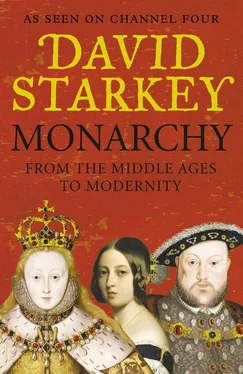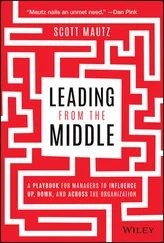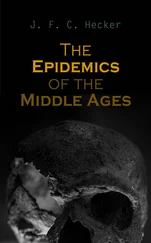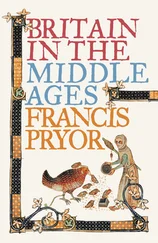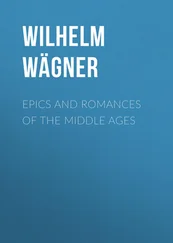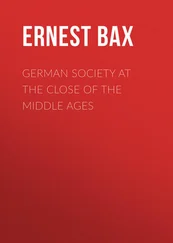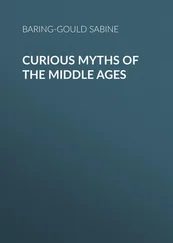But the institution of monarchy, and I think this fact has been too little appreciated, is also about ideas. Indeed, it is on ideas that I have primarily depended to shape the structure of the book and drive its narrative. But these are not the disembodied, abstract ideas of old-fashioned history. Instead, I present them through the lives of those who formulated them. Sometimes these were monarchs; more usually they were their advisers and publicists. Such men – at least as much as soldiers and sailors – were the shock-troops of monarchy. They shaped its reaction to events; even, at times, enabled it to seize the initiative. When they were talented and imaginative, monarchy flourished; when they were not, the Crown lost its sheen and the throne tottered.
I have already sketched this ideas-based approach in my earlier The Monarchy of England: The Beginnings , which deals with the Anglo-Saxon and Norman kings. In it, I argue that Wessex, round which the unitary kingdom of England coalesced in the ninth and tenth centuries, was a participatory society, which balanced an effective monarchy at the centre with institutions of local government which required – and got – the active involvement of most free men. It was this combination which enabled Wessex to survive and absorb the Viking invasions and finally to thrive. It is also why, after the destructive violence of the Norman Conquest and its immediate aftermath, the Norman kings decided that both the ethos and the methods of Anglo-Saxon government were too useful to be abandoned. Instead, the great law-giver kings of the Middle Ages, such as Henry II and Edward I, embodied them in an elaborate framework of institutions: the Common Law, the Exchequer and Parliament.
But, by the late fifteenth century, when I pick up the story, much of this was played out. The sense of mutual responsibility between Crown and people, which was the great legacy of the Anglo-Saxon nation-state, had eroded, and Parliament was flatly refusing to impose adequate taxation. The result was that the English kings, who had been the great military and imperial power of western Europe for much of the Middle Ages, found themselves outclassed by rulers who could raise more or less what revenues they wanted without the awkward business of getting their subjects’ agreement first.
The young Henry VIII tried to breathe life into the embers. But even he had to admit defeat. Instead, the English monarchy took a radically different tack. And it did so purely by accident. Because he wanted a son – and because he wanted Anne Boleyn even more – Henry decided to divorce his first wife, Catherine of Aragon. But Continental power politics meant that the Pope refused. To get Anne, therefore, Henry had to do the hitherto unthinkable and displace the Pope by making himself head of the Church. The result fused politics with religion, first strengthening the monarchy beyond limits, then presenting it with the novel challenge of ideological opposition as the kingcum-Supreme Head of the Church found himself caught up in the vicious doctrinal disputes of the Reformation.
And all of this came to focus on Henry VII’s Imperial Crown. Forged in an earlier age and for utterly different purposes, it came to symbolize the monarchy’s inflated claims to rule Church as well as state, and, with the Stuart accession, Scotland as well as England.
But the very scale of the crown’s claims triggered an equal and opposite reaction, and a century later a king was beheaded, the monarchy abolished and the Crown Imperial itself smashed and melted down.
This book tells the story of how and why this happened: of the Tudors, who carried the Crown of England to its peak; of the Stuarts, who united England and Scotland but eventually mishandled both; of the revolution that tried to extirpate monarchy in Britain. And, finally, of the monarchy’s apotheosis – its extraordinary transformation from a priest-ridden absolutism to a limited, constitutional power in the state and the figurehead of the most extensive empire in the history of the world.
PART I CONTENTS GENEALOGY INTRODUCTION: The Imperial Crown PART I 1 The Man Who Would Be King 2 King and Emperor 3 Shadow of the King 4 Rebellion 5 New Model Kingdom PART II 6 Restoration 7 Royal Republic 8 Britannia Rules 9 Empire 10 The King is Dead, Long Live the British Monarchy! EPILOGUE: The Challenges of Modernity INDEX Also by David Starkey Credits Copyright About the Publisher
CONTENTS GENEALOGY INTRODUCTION: The Imperial Crown PART I 1 The Man Who Would Be King 2 King and Emperor 3 Shadow of the King 4 Rebellion 5 New Model Kingdom PART II 6 Restoration 7 Royal Republic 8 Britannia Rules 9 Empire 10 The King is Dead, Long Live the British Monarchy! EPILOGUE: The Challenges of Modernity INDEX Also by David Starkey Credits Copyright About the Publisher
Конец ознакомительного фрагмента.
Текст предоставлен ООО «ЛитРес».
Прочитайте эту книгу целиком, купив полную легальную версию на ЛитРес.
Безопасно оплатить книгу можно банковской картой Visa, MasterCard, Maestro, со счета мобильного телефона, с платежного терминала, в салоне МТС или Связной, через PayPal, WebMoney, Яндекс.Деньги, QIWI Кошелек, бонусными картами или другим удобным Вам способом.
